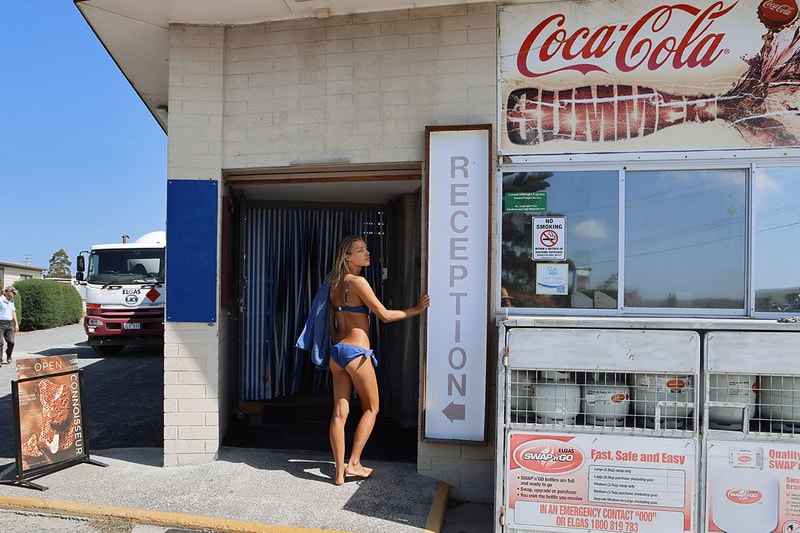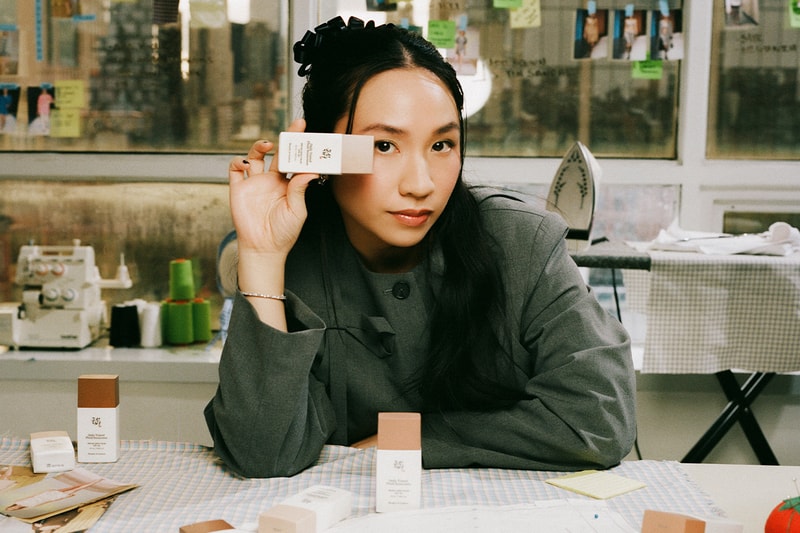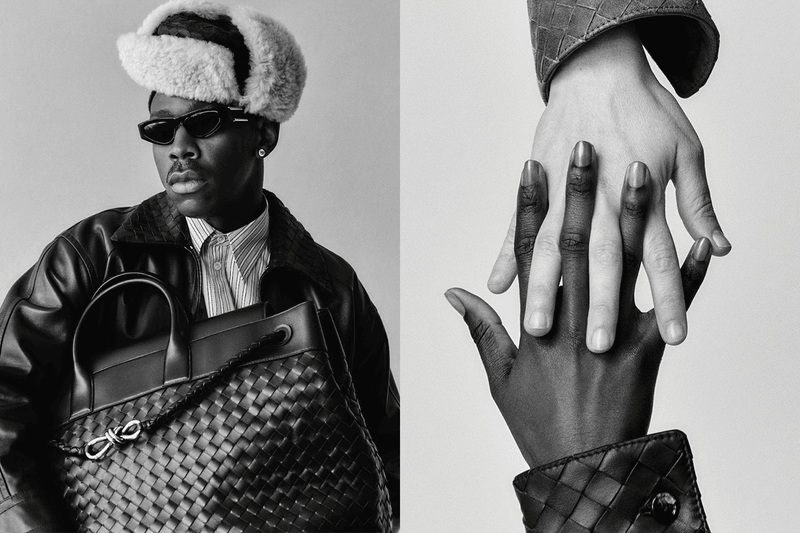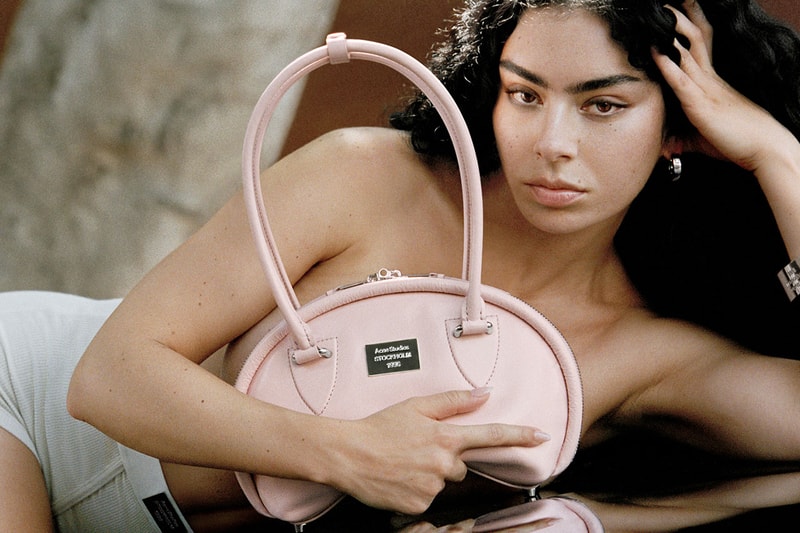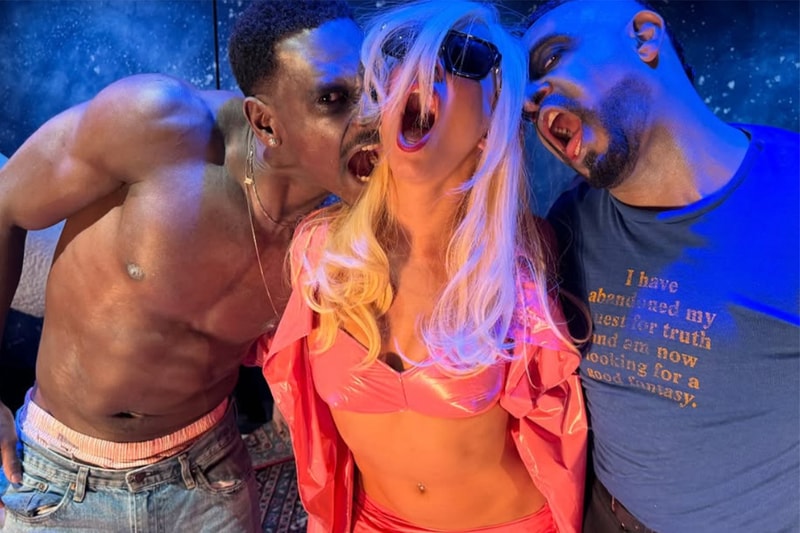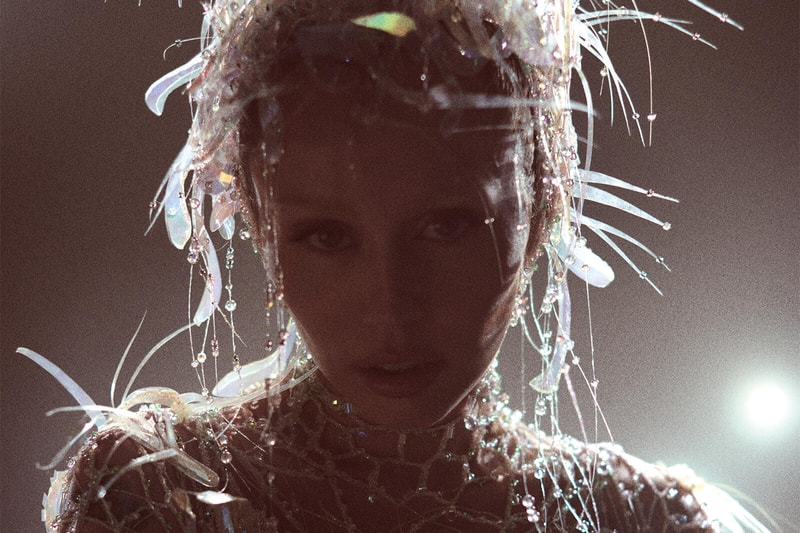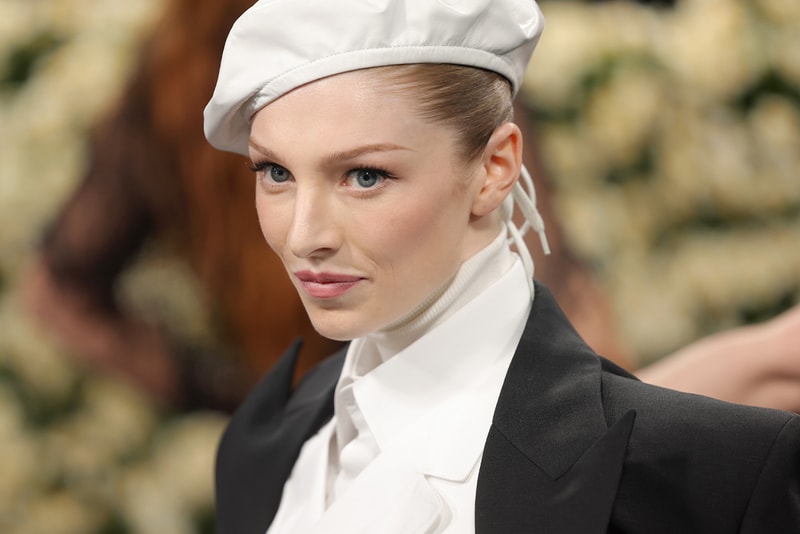What Does a Creative Director *Actually* Do?
info@hypebae.com (Hypebae) Thu, 29 May 2025 Hypebae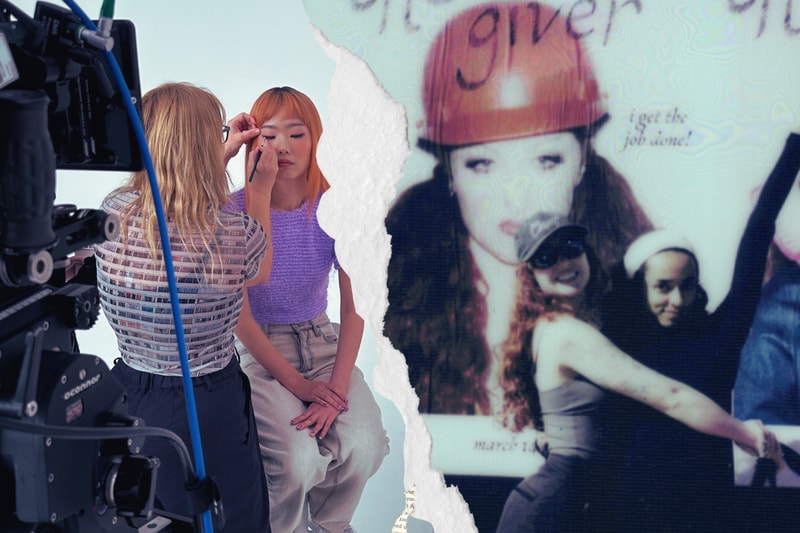
Welcome to Hypebae's new advice column, Field Notes. This series will provide you with everything you need to know about tapping into your dream industry. Whether you're an emerging designer, stylist, photographer or simply creatively inclined and seeking to make your side hustle your main gig, Field Notes is for you. Stay tuned monthly as we provide exclusive access to the creatives leading your field, their essential advice and words of encouragement for your next era.
From New York to Los Angeles, creative directors are everywhere. Whether it's your bestie screen printing T-shirts from their bedroom or an A-lister leading your favorite brand, it seems like everyone wants the title. However, with high-profile appointments like A$AP Rocky at Ray-Ban and constant turnover at top agencies, the role can feel both everywhere and completely out of reach.
For this month's column, we tapped our favorite creative directors – starting with Chappell Roan's CD and bestie, Ramisha Sattar -- for the rules of the game. If you're wondering how to get started, don't worry, industry elites like Gala Slater and Topicals' CD, Julia Shao, share advice on how to break into the industry and secure those dream clients. Elsewhere, Claire Arnold and Ace Bowerman share their best advice for navigating the myth of creative freedom.
Continue reading for more.
How does a creative director vary from an artistic director?
Julia Shao, Topicals: CD oversees the full vision. Art direction is how you're visually executing. My day-to-day is mostly providing support for my team of designers and producers at Topicals. That can look like setting a high-level creative story and moodboard, getting in the weeds with a design file that has to go to print, timing a production schedule for a photoshoot and outreaching freelance artists to help us on projects.

What best prepared you for the role?
Ramisha Sattar, CHANI and Chappell Roan: The most important step in my career was to figure out my visual style. It's important to know what resonates with you creatively before jumping into larger projects with clients. I've gone through so many phases in my art, but what has always stuck with me has been analog textures, vibrant colors and playfulness in everything I make.
Shao, Topicals: I've been blessed to work in the world of start-ups that have proven themselves. I was waiting tables while simultaneously helping Sandy Liang launch her e-commerce business, all while being a full-time student. Then I took a leap of faith and helped Lisa Bubbers launch Studs as its first graphic designer.
Gala Slater: There's no single path to success. I started in graphic design, which sparked my curiosity about how the images I worked with were created. This eventually led me to approach creative campaigns from a full 360-degree perspective. On my team, some creatives started in video, photography, styling and animation. That wide range of experience is incredibly valuable.

How does your role vary from what you thought it was initially?
Bowerman: The people aspect of the role is a much larger part than I thought. Several stakeholders, departments and personalities need to believe in the vision before getting started. Managing these relationships is difficult, but also worthwhile.
Sattar: Every project is so different from the last. There's so much room to try on different hats while working in the creative field, especially in music. I have so many mediums that I love to play with, and narrowing it down to one would feel so impossible. I'm excited every day when I get to use them all.
Slater: The role is much more about strategy than just coming up with visually appealing ideas. Even if something looks good, what matters is the why behind it. What message are we trying to communicate, and do the visuals effectively support that purpose?

What's a misconception about the job, in your opinion?
Arnold: That it's glamorous or just about making cool stuff. It's not. Most of the job is unsexy: managing timelines, fighting for budgets, writing decks, editing and navigating dynamics.
Bowerman: The biggest misconception is that we have a vision and everyone must work towards it, regardless of how absurd and impossible it may seem. It's good to push boundaries and try to create something that prevails through constraints, but at some point, you will need to consider basic safety, science and the economy.
Slater: That CDs just make things look pretty.
What have you learned about creative freedom that you didn't know when you started?
Arnold: Creative freedom isn't always about having no limits and massive budgets. It's about knowing how to work with them. It takes time and consistency to earn that kind of freedom, especially when you work for yourself.
Bowerman: I don't want to be a downer, but creative freedom doesn't truly exist. There will always be practical and budgetary issues, and the toughest creative confines sit within.
Shao, Topicals: There is no true creative freedom when you're working for a brand; you have people to answer to and you are helping them execute their vision as opposed to creating your own. But, a level of freedom can be granted if people trust your authority.

What advice would you give to people looking to become creative directors?
Arnold: Don't chase the title, chase the work that inspires you.
Bowerman: If you don't do it someone else will. It will feel like a lot of people don't want you to but that is probably the voice inside your head so ignore that and do it anyway.
Sattar: Start small and have fun. Learn every medium that excites you. Consume all the media that inspires you. Make bad art. The clients will follow naturally.
Shao, Topicals: Create and get off that phone because inspiration flows from living life.
Slater: Create your own work outside of your day job. Be bold, believe in your ideas, and remember – it's all about how you sell them. Confidence is everything.
This interview has been condensed for clarity.
In other news, Cou Cou Intimates opens its first-ever pop-up shop.
